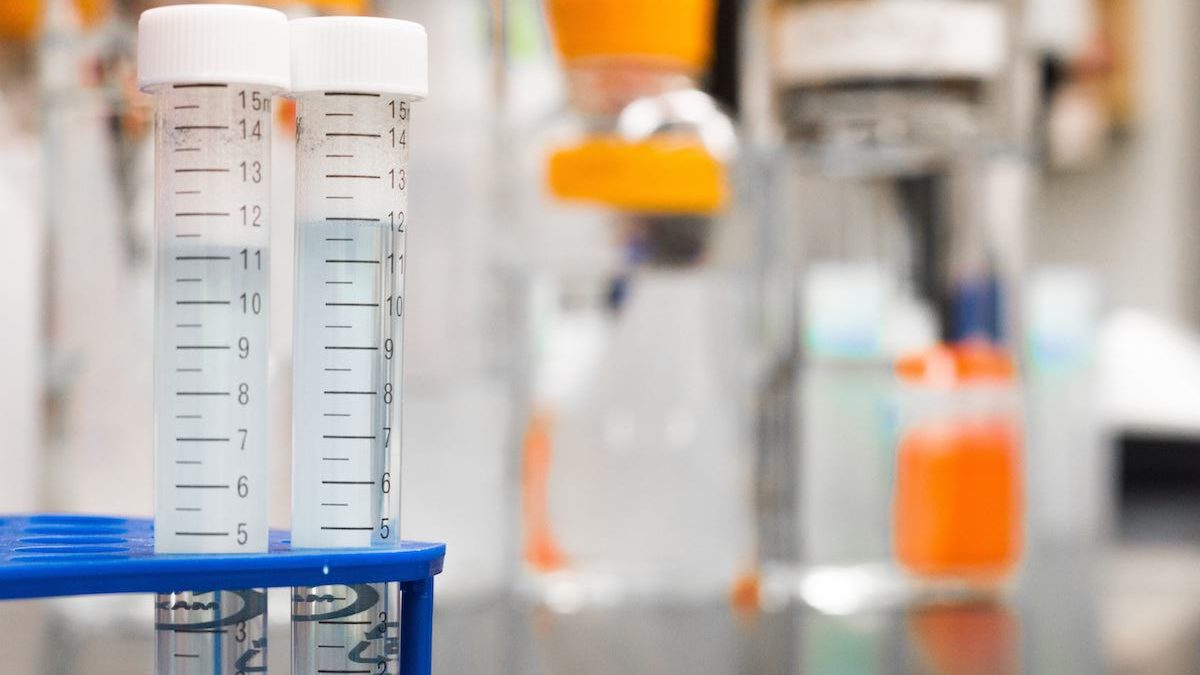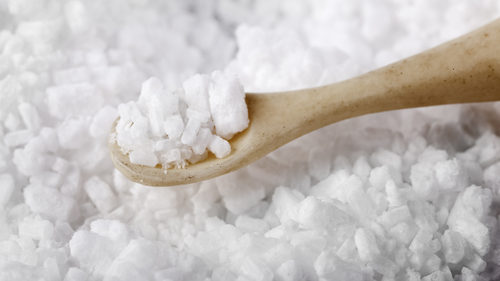Drug testing has become a highly common practice for many different reasons in America. Many employers drug test their employees at random, parents drug test their children, sports teams drug test their players, and the list goes on. At-home drug tests have become increasingly accessible and are becoming extensively relied upon. There are several types of drug tests available; the most common type used at-home is a urine test.
The amount of time a drug remains in one’s system, versus the presence of drugs that may show up, depending on the testing method, in a drug test, can yield different results. For example, cocaine may remain in one’s system for twenty-four hours, but it also can show up in a hair follicle drug test as long as ninety days later. The length of time any given drug may remain in one’s system can vary significantly and will depend of several contributing factors. Some contributing factors can include one’s body mass, hydration level, age, metabolism, personal health history, duration of substance use, potency of drug, and other factors. Drugs remain in one’s system for varying durations, and while an approximation is possible, it is virtually impossible to determine the exact timeframe any substance will show up on a drug test.
Drug Testing
There are several ways an individual can undergo drug testing. Each method of testing has pros and cons. There are less invasive drug testing options as well as more invasive options.
- Blood Testing: although blood tests are accurate, they are the least used. Blood testing is one of the more invasive testing options available. Blood tests look for all illicit and prescription drugs. A blood sample is taken from a finger prick, or vein and is then taken to the laboratory for testing.
- Urine Testing: urine testing is the most commonly used test because of its inexpensive cost and easy administration process. A urine sample is taken and tested using a dipstick, if it is positive it will be taken to the laboratory for further analysis. Urine drug tests check for all prescription drugs and illicit drugs. Urine tests are one of the less invasive testing options available.
- Hair Testing: Typically labs only want a strand long enough to detect ninety days of possible drug use. Additional hair (i.e. longer) experiences exposure to the environment that can damage the hair. A hair follicle drug test detects long-term drug usage. A hair drug test can detect all illicit drugs and some prescription medications. This test is able to detect past use, which can help identify chronic use. Currently, hair follicle testing is the only reliable test in detecting drug use beyond a few days or weeks.
- Saliva Testing: saliva testing is done on the spot (an absorbent collector is put in the mouth or on the tongue to collect the saliva) and can be administered anywhere, providing immediate and accurate results. Most commonly saliva drug tests detect the use of cannabis, ecstasy, cocaine, amphetamines, opiates, and some benzodiazepines,
How Long Does Alcohol Stay In Your System?
Alcohol is widely accessibly and a legal substance for individuals over the age of twenty-one in America. Although it is legal, when alcohol is abused it can lead to negative consequences. Factors such as an individual’s weight, age, amount and potency of consumed alcohol, if alcohol was mixed with any other substances, how long he or she had been drinking can all contribute to the length of time alcohol will be detected in a drug test.
- Breath: a device an individual will blow air into, a Breathalyzer test, can detect the presence of alcohol for up to twenty-four hours after one’s last drink.
- Blood Test: alcohol can show up in a blood test for up to twelve hours post one’s last drink.
- Urine Test: alcohol can be detected in urine for three to five days via ethyl glucuronide (EtG) metabolite or ten to twelve hours via the traditional method.
- Hair Follicle Test: alcohol can be detected in hair follicles up to three months after use.
- Saliva Test: a saliva test can be positive for alcohol from twenty-four to forty-eight hours after one’s last drink.
The effect alcohol can have on an individual can be grave. Alcohol metabolizes through one’s body differently. The frequency of one’s use as well as how fast one consumes his or her beverage will influence how long the drug stays in one’s system.
How Long Does Heroin Stay In Your System?
The fact that heroin is an illicit drug means that the potency, purity and possible additional ingredients differ significantly. Each manufacturer has sole control over the contents of his or her heroin, which can lead to serious consequences. Heroin is an opiate drug that has a rapid half-life. Barring various additional factors, heroin will likely be detectable as follows:
- Blood Test: the 6-AM assay test, which was originally developed as a urine test, is sensitive enough to also detect the presence of heroin in one’s blood.
- Urine Test: heroin can be detected in an individual’s urine one to three days after one’s last use.
- Hair Follicle Test: heroin can be detected in hair follicles up to three months after use. Individuals who have used heroin over a prolonged period of time may have longer hair detection windows.
- Saliva Test: a saliva test must be administered quickly after one’s use in order to be effective in detecting any heroin presence.
Certain foods can result in a false positive for the presence of opiates. Poppy seeds, for example, contain a tiny bit of opiate residue that is enough to trigger a false positive. Urine tests are most commonly used to detect heroin because they are the easiest to administer and the least expensive.
How Long Does Cocaine Stay In Your System?
Cocaine is an illegal substance, and is listed as a Schedule II controlled substance in the Controlled Substance Act (CSA), which means that it has a high potential for abuse resulting in physical and psychological dependence. Enzymes in one’s liver and blood metabolize cocaine, rather rapidly. Cocaine has a half-life of approximately one hour. This means that it takes longer for one’s body to eliminate half of the drug from one’s system. Depending on the method of testing, the window for cocaine detection is as follows:
- Blood Test: actual cocaine may be detected up to twelve hours after one’s last dose, but benzoylecgonine (the metabolite of cocaine that remains in one’s body longer) may be detected in one’s blood up to forty-eight hours after use.
- Urine Test: cocaine may be detected in one’s urine up to three days after use. It has, however, been reported that in people who use cocaine heavily, detection can present as long as two weeks after use in one’s urine.
- Hair Follicle Test: depending on where the hair sample is taken from, cocaine can be detected in hair follicles up to three months after use.
- Saliva Test: cocaine can be detected through one’s saliva for up to two days after use.
According to some studies, the more cocaine an individual uses per session, the longer the benzoylecgonine metabolite remains, increasing the length of time it may be detected. The method of ingestion (i.e. injecting, smoking, snorting) can also influence the detection time. The most common type of drug test when testing for cocaine use is a urine test.
How Long Does Suboxone Stay In Your System?
Suboxone is a medication that is primarily used to treat addiction to other opioids. Suboxone has a long half-life compared to other opioids. With its unusually long half-life, Suboxone can take over eight days to no longer be detectible in one’s body.
- Blood Test: Suboxone can be detected by blood analysis for up to two days after one’s last dose.
- Urine Test: Suboxone is detectible in urine for up to six days after the last use.
- Hair Follicle Test: the detection window for hair sample testing is much longer. Suboxone can be detected in hair follicles up to three months after one’s last use.
- Saliva Test: saliva tests are known to be a fast and accurate tool for detecting the presence of Suboxone. The medication can be detected via saliva up to three days after one’s last use.
Urine tests are most commonly used, as Suboxone will present as detectible in the urine in forty minutes after consumption.
How Long Does Xanax Stay In Your System?
Xanax, also known as alprazolam, is a benzodiazepine medication commonly used to treat anxiety disorders. Certain factors can contribute to the length of time Xanax may remain in one’s system and/ or be detectible in drug testing. Contributing factors can include one’s weight, age, and use of other substances, dosage, as well as the type of administered drug test.
- Blood Test: blood tests can only detect the presence of Xanax in the last twenty-four hours.
- Urine Test: Xanax may be detected for five days and up to a week after a dose. Individuals who metabolize Xanax more slowly (i.e. the geriatric population, or obese) may increase the amount of detection time.
- Hair Follicle Test: Xanax can be detected in hair follicles starting two to three weeks after and for up to three months after one’s last use.
- Saliva Test: Xanax can be detected through one’s saliva for up to two to five days after use.
In general, it takes five to seven half-lives for Xanax to clear one’s system, which means it takes a minimum of four days to be fully eliminated. Depending on several factors, Xanax has the propensity to be detected in one’s body from one to ninety days after use.
For Information and Support
If you are concerned for yourself or a loved one in regards to substance abuse and/ or addiction we recommend reaching out for help as soon as possible. If left untreated, substance abuse can result in long lasting and potentially life-threatening consequences. Keep in mind: you are not alone! There is an entire network of professionals that are available to help and support you and your loved one throughout the recovery process. The earlier you seek support, the sooner your loved one can return to a happy, healthy and fulfilling life.
Please do not hesitate to reach out with any questions regarding our specific program at Haven House Addiction Treatment and/ or general substance abuse and/ or addiction treatment related information. Our highly trained staff is readily available to discuss how we might best be able to help you and your loved one.



